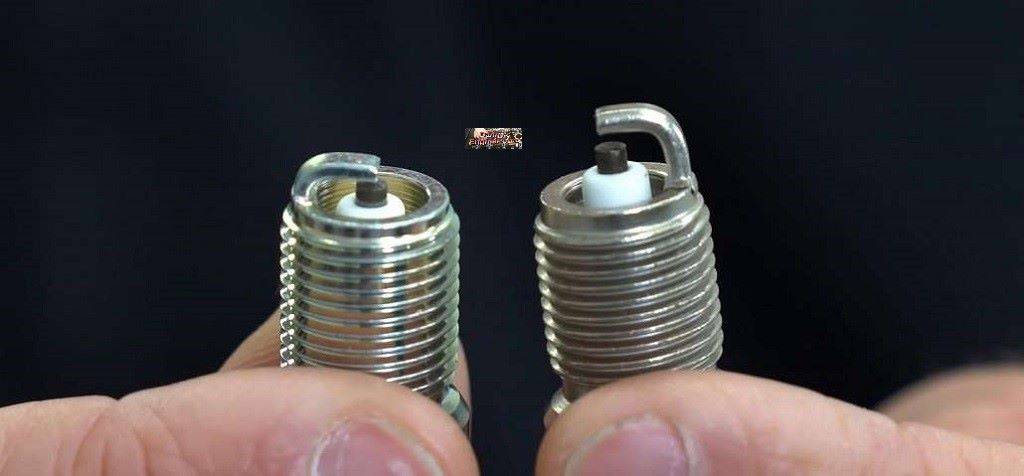
“Choose Your Help Topic Below”
- Spark Plug Problems: Function, Failure And Replacement
- Spark Plug Health Is Directly Linked, To Your Engines Performance
- New Spark Plugs, Improve Engine Performance And Efficiency
- Spark Plug Color: Learn The Symptoms And Recommendations
- Spark Plug – How Do I Read, The Condition Of My Spark Plugs
- Ignition Timing – The Spark Plug Has To Fire At The Proper Time
- Oil Leak In Spark Plug Well – Know The Signs – What Can Happen
Plugs have Two Main Jobs:
- Igniting the air fuel mixture in the engine’s cylinders with a high voltage spark.
- Transferring heat from the combustion chamber to the engine’s cooling system.
This dual function is critical for starting the engine, ensuring efficient combustion, and preventing damage like pre-ignition. Which occurs when it is too “hot” for the application.
Ignition
Generating the spark:
It creates a high voltage spark (from 20,000 to over 100,000 volts) across a small gap between its electrodes.
Igniting the fuel:
This spark ignites the compressed air fuel mixture in the combustion chamber. And, creats an explosion that drives the piston.
Ensuring consistent performance:
The size of the gap between the electrodes is crucial for effectiveness. And, can be adjusted to optimize combustion for different engines.
Heat Dissipation
Transferring heat:
The design allows it to transfer excess heat away from the combustion chamber. And, into the engine’s cooling system.
Controlling temperature:
The “heat range” is determined by the length of the insulator nose. And, the materials used in the center electrode and insulator.
Maintaining the right temperature:
A “hot” one retains more heat, while a “cold” one dissipates heat more quickly. The correct heat range is essential to keep it hot enough to burn off carbon and oil deposits. But, cool enough to prevent pre-ignition.
Thank You !!
